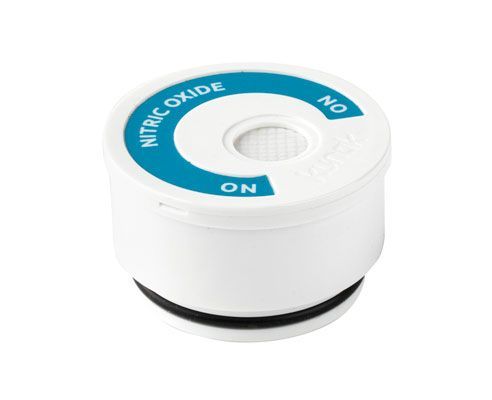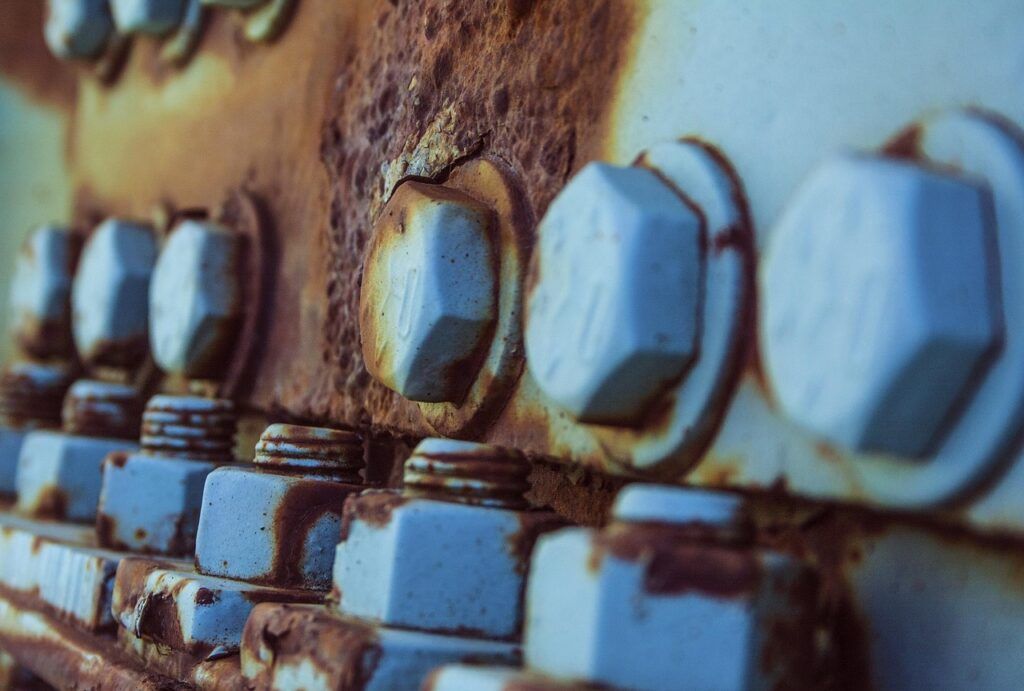NO sensor
Nitric oxide
Reliable real-time
data on NO
GasPlug TECHNOLOGY | PATENTED DESIGN

Where is it found?
Nitrogen oxide is emitted from automotive engines and the burning of coal, oil, diesel fuel, and natural gas, specially from electric power plants.
It is also emitted by cigarettes, gas stoves, wood burning, and silos that contain silage.
Why is it harmful?
Nitric oxide (NO), also called nitrogen oxide, is a colourless toxic gas originated from the oxidation of nitrogen. It contributes to climate change and its inhalation affects human health. When it reacts with sunlight and other chemicals, such as sulphur dioxide (SO2), it forms smog and acid rain.
The inhalation of high levels of nitric oxide can cause respiratory problems, particularly in vulnerable humans, such as asthmatics, and it is involved in the cardiovascular and immune systems.
NO cartridge
The nitric oxide cartridge has a built-in electrochemical sensor ideal for measuring very low ppb concentrations in ambient air, up to several ppm found near pollution sources (vehicles, industries…).
This cartridge is very accurate and stable, it has a good temperature correction algorithm and can easily work beyond two years under non-extreme environments. The cartridge can suffer from a small zero drift (some ppb) over time, which can be easily corrected remotely with the Kunak Calibration Tool available on Kunak AIR Cloud software.
Technical specifications
- Measurement range: concentration range measured by the sensor.
- Resolution: smallest unit of measurement that can be indicated by the sensor.
- Operating temperature range: temperature interval at which the sensor is rated to operate safely and provide measurements. (**) In PM sensor Type A: -40 to 50ºC with heater (more information on this version on request).
- Operating RH range: humidity interval at which the sensor is rated to operate safely and provide measurements.
- Recommended RH range: Recommended relative humidity range for optimal sensor performance. Continuous exposure outside the recommended range may damage the cartridge.
- Operating life: time period during which the sensor can operate effectively and accurately under normal conditions.
- Guarantee range: concentration range covered by Kunak's guarantee.
- LOD (Limit Of Detection): measured at laboratory conditions at 20ºC and 50% RH. The limit of detection is the minimum concentration that can be detected as significantly different at zero gas concentration, calculated according to the Technical Specification CEN/TS 17660.
- Repeatability: measured at laboratory conditions at 20ºC and 50% RH. Closeness of the agreement between the results of successive measurements of the same measure carried out under the same conditions of measurement, calculated according to the Technical Specification CEN/TS 17660.
- Response time: time needed by the sensor to reach 90% of the final stable value.
- Typical precision - R2: statistics obtained between the device hourly measurements and reference instruments in field test between -10 to +30ºC at different locations. (*) For the type B PM sensor, the expected error for PM10 is higher in presence of coarse particles.
- Typical accuracy: for criteria pollutants is the average Mean Absolute Error (MAE) obtained between the device hourly measurements and reference instruments for 1 to 8 months field test between -10 to +30ºC in different countries. For other pollutants is the expected error of the measurement at the reading.
- DQO-Typical U(exp): Data Quality Objetive expresed as the Expanded Uncertainity in the Limit Value obtained between the device hourly measurements and reference instruments for 1 to 8 months field test between -10 to +30ºC in different countries, calculated according to the European Air Quality Directive 2024/2881 and from the Technical Specification CEN/TS 17660. (*) For the type B PM sensor, the expected error for PM10 is higher in presence of coarse particles.
- Typical intra-model variability: calculated as the standard deviation of the three sensor means in 1 to 8 months field test between -10 to +30ºC in different countries.
A, B, C, D superindex: the super indexes refer to different types of cartridges related to the same target pollutant but with different technical specifications.


